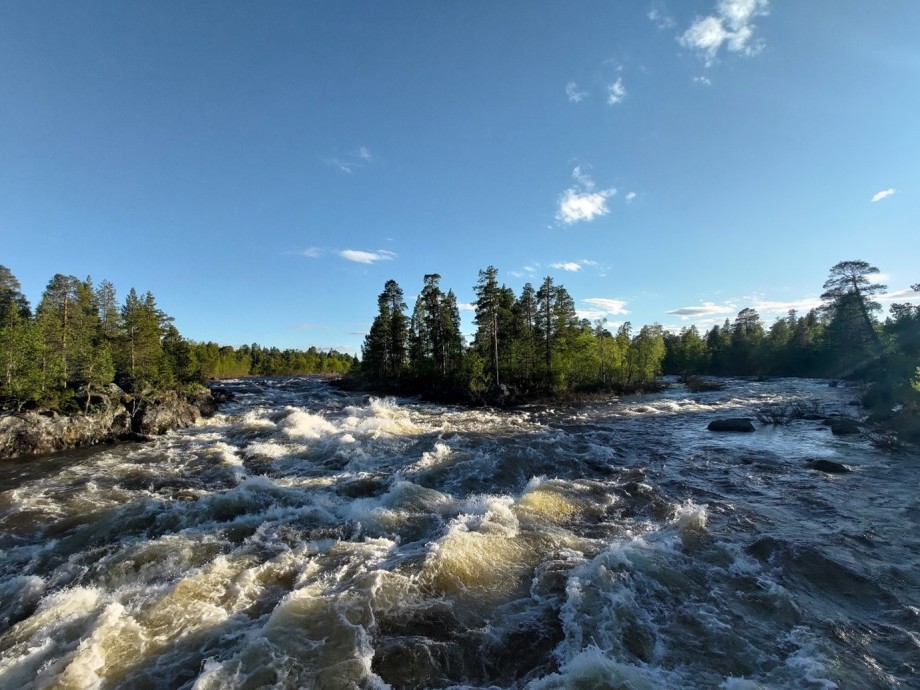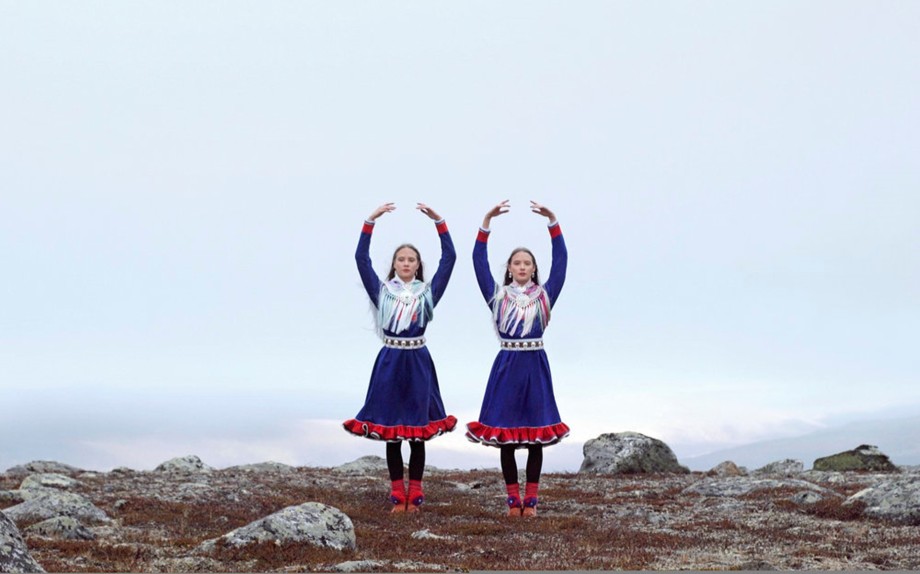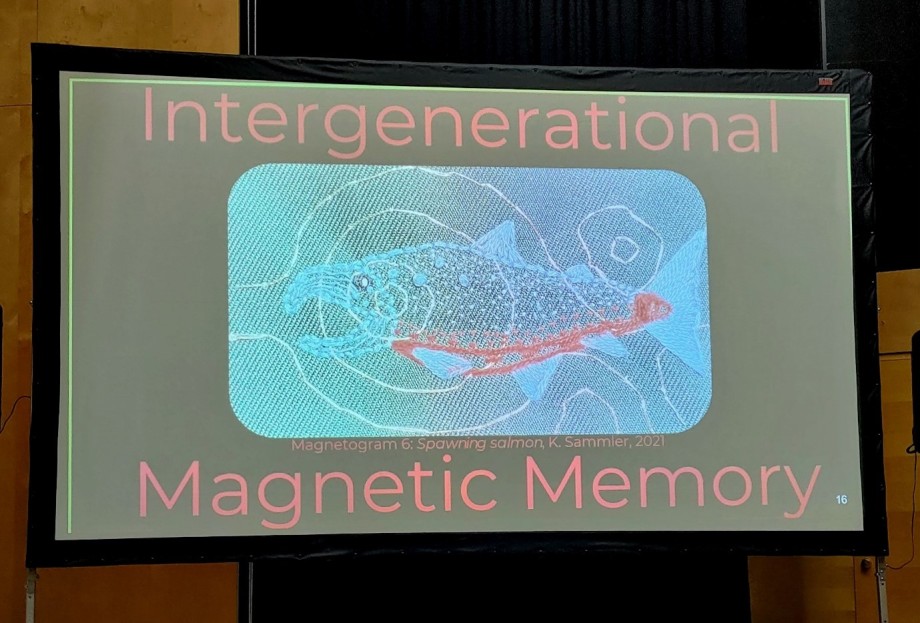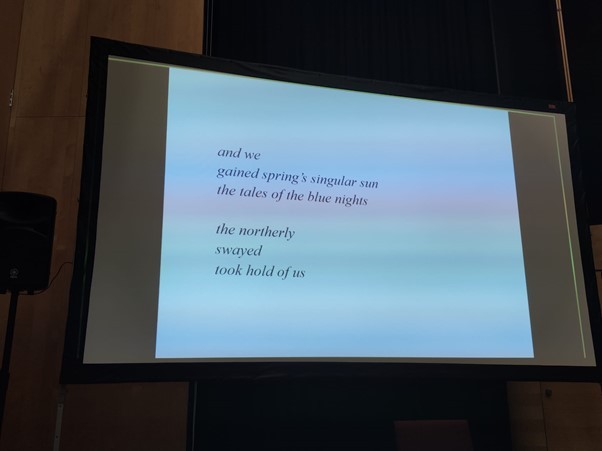The blog of the AtHOME project
Home. Migration. North

The river Juutuanjoki near Inari
Home. Migration. North. These words have been playing on my mind ever since I joined the AtHome project and began a new chapter of my life in a new country – a new home.
I have just spent five days in the Arctic, attending a conference in Sápmi, the ancestral home of the Sámi people. The Sámi are Europe’s only Indigenous group, and their lands stretch from Northern Norway, across Sweden and Finland, and into the Kola Peninsula in Russia. As with most Indigenous peoples, they have historically been persecuted. Beginning in the 18th Century, the Norwegian government meted out harsh laws designed to forcibly assimilate the Sámi into the dominant state culture. Sámi children were taken from their homes and placed in boarding schools, prevented from speaking their own language, told that they were uncivilised and uncultured. Today, the Sámi and their rights are protected in Norwegian and EU law, but it has been a hard fought battle, and one that has left deep scars on the Sámi people. Old discriminations still fester across the Nordic countries, and in Russia, the Sámi have very few rights at all. Of the nine spoken Sámi languages, all of them are endangered, although efforts to revitalise the larger languages are showing success. At the Sámi parliament in Inari, where the conference was held, I heard the phrase uttered by several of the Sámi speakers: “We just want respect”.

Still from the Sámi film 'Birds in the Earth' (Helander, 2019)
It is the second consecutive year that the Sámi have been banned from fishing their traditional salmon rivers. The Deatnu river that runs down the length of Sápmi and splits Norway from Finland has been a vital place for Atlantic salmon spawning for centuries, but the last couple of years have seen worryingly low numbers of salmon swimming upriver from the Barents Sea to their spawning grounds. Experts don’t know exactly why, but a combination of climate change altering the river’s ecosystem and large amounts of invasive pink salmon from Russia, plus the negative effect from escaped farmed salmon, seems the likeliest reason. After being refused a special dispensation to fish in 2021, the Sámi are once again challenging the courts for their rights to practice their traditional pastime. Salmon fishing is integral to the Sámi way of being, and Sámi fishermen possess an intimate knowledge of the Deatnu, its surrounding landscape, and the salmon that swim in its waters. Atlantic salmon spend most of their lives in the cold currents of the Northern Atlantic and Arctic Ocean, but will undertake a 300km journey up the Deatnu to spawn, navigating roaring currents, rapids, tributaries and river detritus. The upstream migration of salmon across the world is a feat unparalleled by none apart from perhaps a few species of birds, and the fish manage it thanks to a sort of in-built compass that uses the Earth’s magnetic field for navigation. This is how they can find the ideal site to spawn their young. This is how they find their way home.

Artwork by the embroiderer Katherine Sammler being presented at the conference
I have always felt at home in the Arctic. Up here, the sky feels endless, the light brighter, the air clearer. There is a sense of freedom under the midnight sun: to swim in the lake and wander the forest at 3am, if you should choose. I have seemingly, and perhaps subconsciously, gravitated Northwards – from Manchester to Edinburgh to St Petersburg to Stavanger – but never with a clear end destination. I remain unsure of where my home is. For others it is different. The salmon have an inherent knowledge of where their home is, even if they are now prevented from getting there. The birds that come to Sápmi to breed are protected by the Sámi goddess Bárbmoáhkká, translated as ‘the migratory birds’ wife’. When the crane arrives, the Sámi know that spring is here; it is the crane’s job to count all the other birds that return home, so the hunter will know how many he can take. These are embodied knowledges of land and the interconnectedness between beings – the spirits, the earth, the river, the salmon and the crane are all part of what make up this place. To feel at home up here, as I do, is not the same as being home. The home of the Sámi is Sápmi, not Norway or Finland or Lapland, and it has been theirs for centuries. I am just a visitor.

Excerpt from a poem by Sámi poet Nils-Aslak Valkeapää